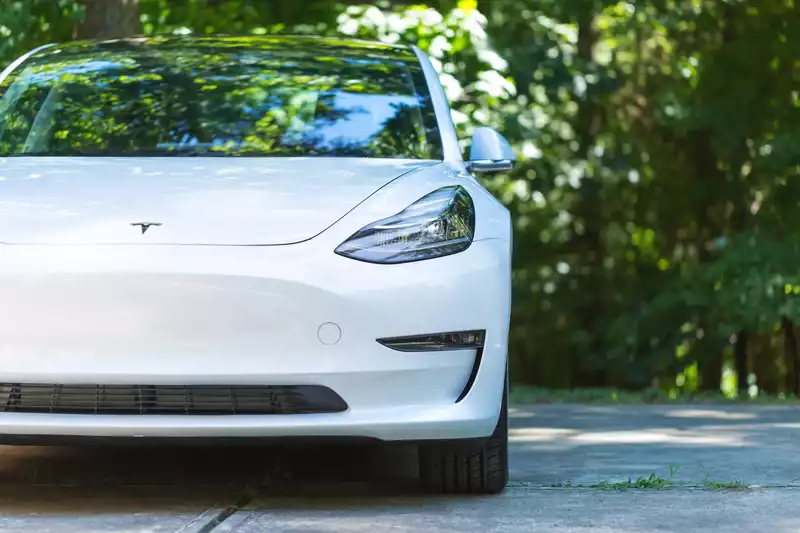Tesla has reportedly been double charging some customers for their vehicles, with double payments ranging from $37,000 up to $71,000, with many claiming to have been victimized. Affected owners report that they have received various responses from the company, but getting refunds does not seem to be as quick as when money is taken.
CNBC spoke with customers affected by the problem and discovered a number of new owners who are in severe financial distress after their bank accounts were wiped out by the error. Christopher T. Lee told the financial news bureau that the error left him and his girlfriend "eating the food of broke college students" while they waited for their money to be returned.
Lee paid $56,578.63 for the Model Y and gave Tesla his bank routing and checking account information. He was excited to receive the car and said in a video about the incident that he could not sleep the night before taking delivery. The next day, leaving the car in the drive, he logged in to make sure the money had been collected and discovered the mistake. In the video he states that he fell asleep thinking it was a bad dream. When he awoke, he realized it was indeed a real world nightmare.
Lee became desperate and even tweeted about it to Elon Musk, but there was no response from the billionaire, leaving Lee to use more traditional methods to recover the $56,578.63 the company owed him. Lee said that if he had a chance to start over, he would pay by check or in person, rather than using the in-app system.
The problem seems to stem from the fancy online ordering system for Tesla cars. All orders are placed online. Customers can pick a car, order it, and in some cases opt for no-contact delivery, where the car is brought to their home, they pick it up using an app, and payment is made at that point via electronic bank transfer or ACH.
According to expert advice given to CNBC, the best bet seems to be to talk to the payer, explain what happened, and ask for the charge to be reversed. In fact, Tesla has told at least one owner to address the problem this way. Payment processors should be able to detect and prevent duplicate payments, but this system did not appear to work for these customers.










Comments